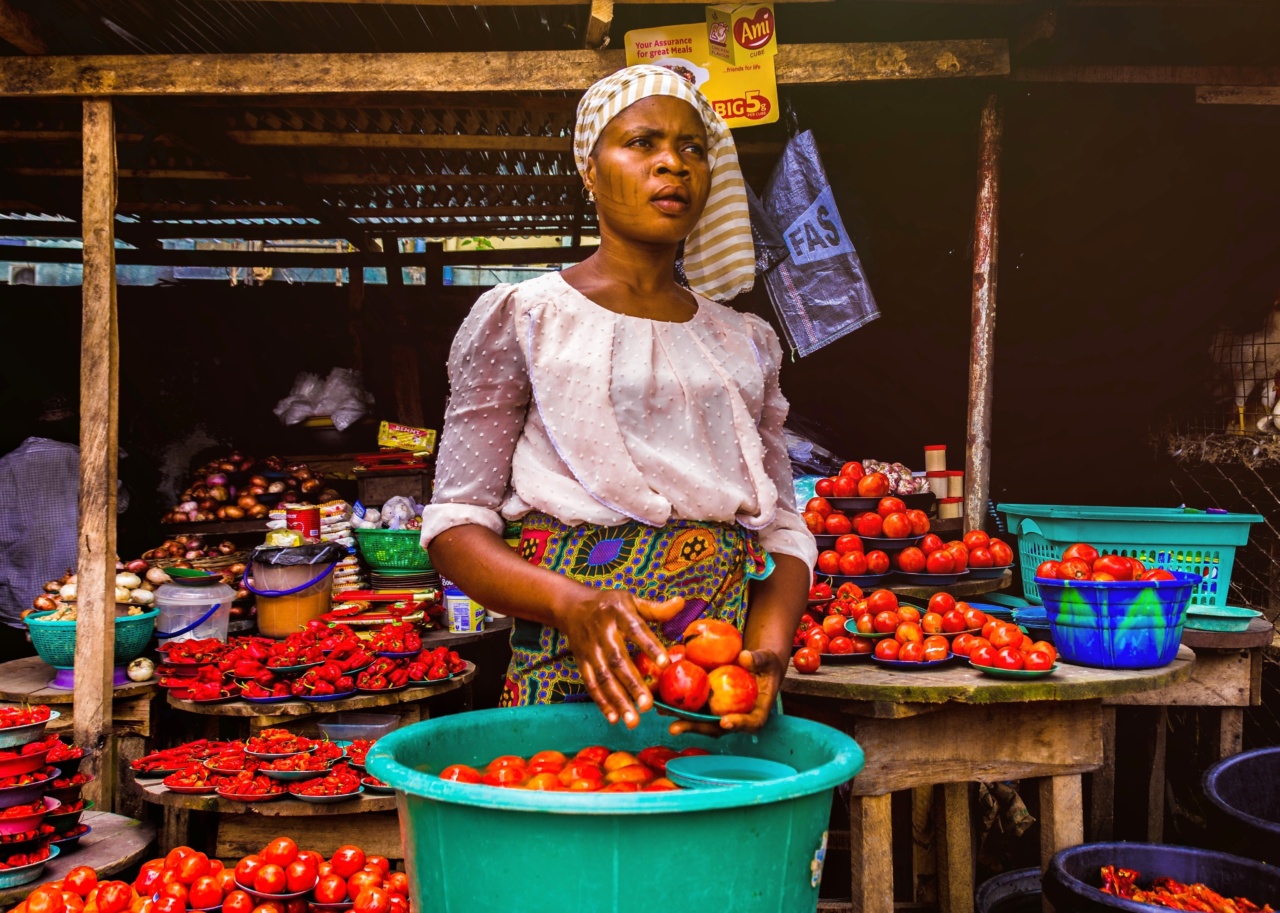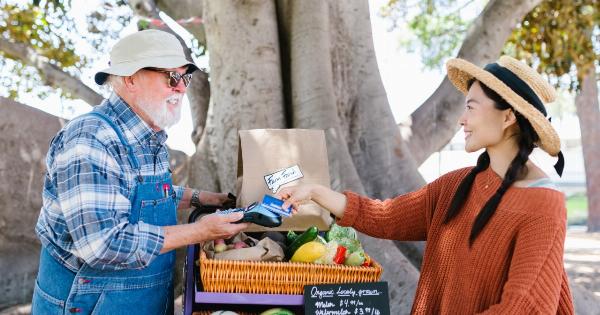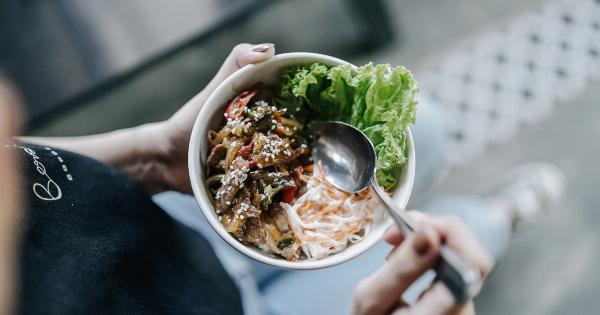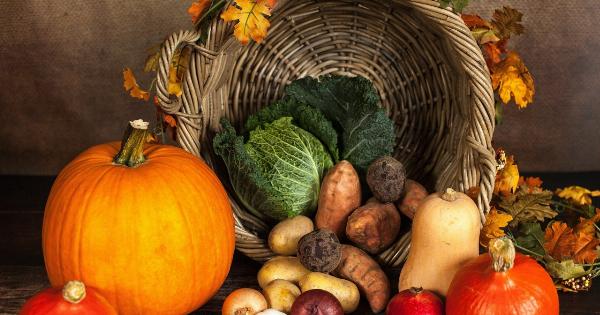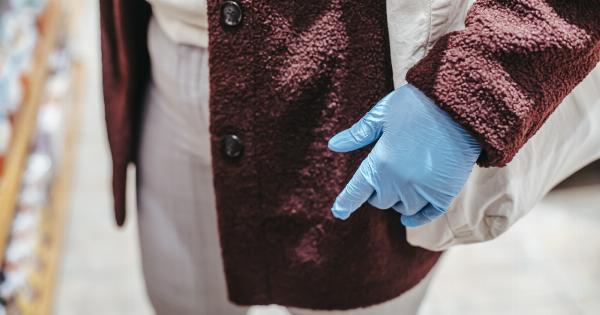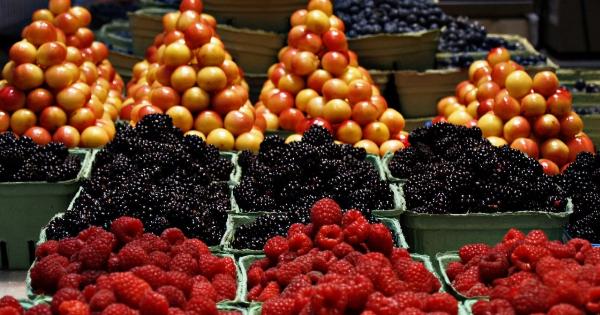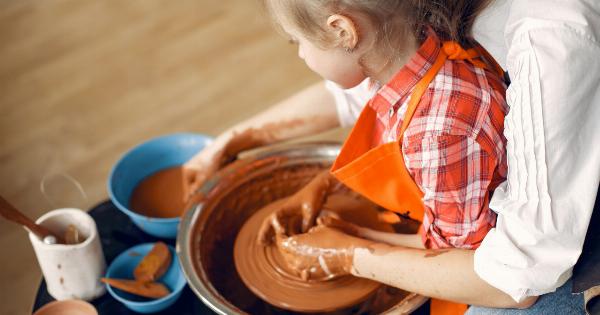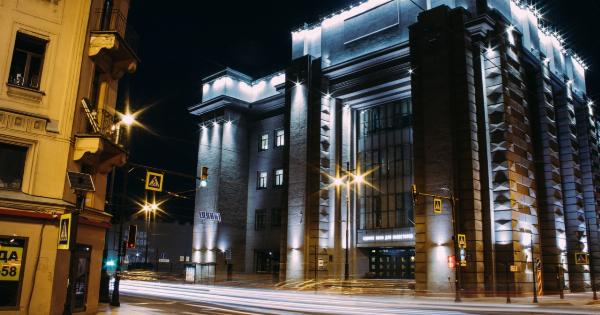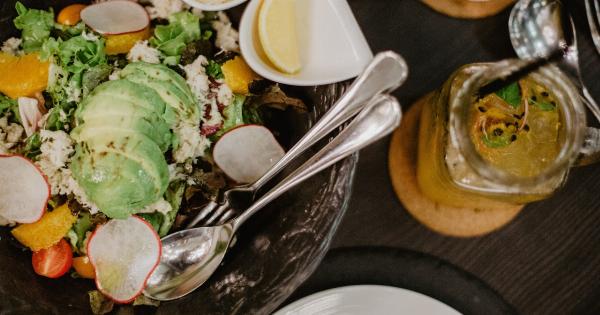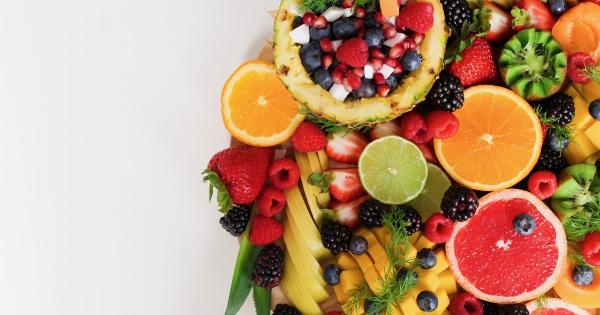When it comes to storing fruits and vegetables, many people simply toss them all into the same drawer or container. However, separating your produce can actually help extend its shelf life and freshness.
This is because fruits and vegetables release different gases that can either promote or inhibit the ripening process of other produce. In this article, we will delve deeper into the science behind why you should store fruits and vegetables separately.
What happens when fruits and vegetables release gases?
As fruits and vegetables ripen, they naturally release ethylene gas. Ethylene is a hormone that signals the fruit or vegetable to ripen further, undergoing changes in color, texture, and flavor.
In some cases, ethylene can also promote the ripening of other fruits and vegetables nearby. This is why some fruits and vegetables are called “climacteric” produce, meaning they continue to ripen even after being picked.
On the other hand, some fruits and vegetables don’t produce as much ethylene, and they also don’t ripen as quickly or at all after being harvested. These are called “non-climacteric” produce.
Some examples include bell peppers, cherries, grapes, pineapple, and watermelon.
Why should you separate fruits and vegetables?
Now that we understand how fruits and vegetables release gases, we can see why it’s important to keep them separated.
If you store climacteric and non-climacteric produce together, the ethylene gas produced by the former can speed up the ripening process of the latter, causing them to go bad more quickly. This can lead to wasted food and money, not to mention a less nutritious diet.
Furthermore, certain fruits and vegetables have strong odors that can be absorbed by nearby produce. For example, onions and garlic can give off a strong smell that can permeate other fruits and vegetables, making them less appealing to eat.
This can be especially problematic if you have herbs or delicate produce like berries or lettuce.
How to store fruits and vegetables
Now that you know why separating fruits and vegetables is important, let’s talk about the best way to do so. The easiest method is to simply use separate containers or bags for your different produce.
For example, you could use one drawer in your fridge for non-climacteric produce like leafy greens and berries, and another drawer for climacteric produce like apples and bananas.
If you don’t have separate drawers or containers, you can also use divider trays or even plastic zip-top bags with holes poked in them. Just be sure not to overcrowd your produce, as this can promote moisture buildup and speed up the spoilage process.
Exceptions to the rule
While it’s generally a good idea to separate your produce, there are a few exceptions to this rule. For example, avocados and tomatoes are climacteric produce that can benefit from being stored with a non-climacteric produce like onions or garlic.
This is because these vegetables can slow down the ripening of the more delicate fruit and prolong its shelf life.
Additionally, some fruits and vegetables can be stored together as long as they are not touching. For example, carrots and apples can be stored in the same container, as long as they are kept separate.
This is because carrots and apples both release similar amounts of gases and don’t affect each other’s ripening timeline.
Conclusion
Separating your fruits and vegetables when storing them can help extend their shelf life, prevent premature spoilage, and keep your produce fresher and more appetizing.
By understanding the science behind how different fruits and vegetables release gases, you can make the most out of your grocery shopping and create a healthier, more sustainable kitchen environment.
